Heat exchanger helium mass spectrometer leak detector vacuum leak detection
Date:2020-06-08 Views:3648
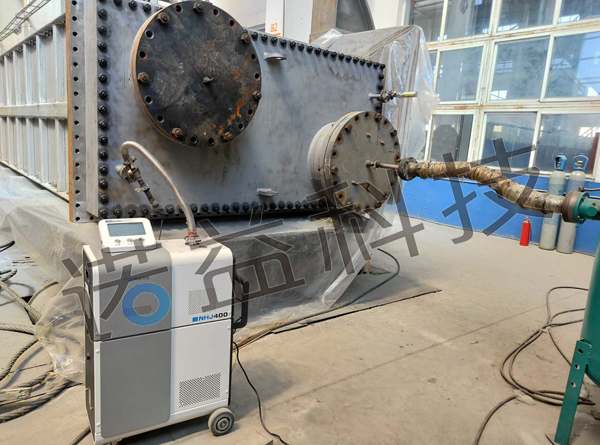
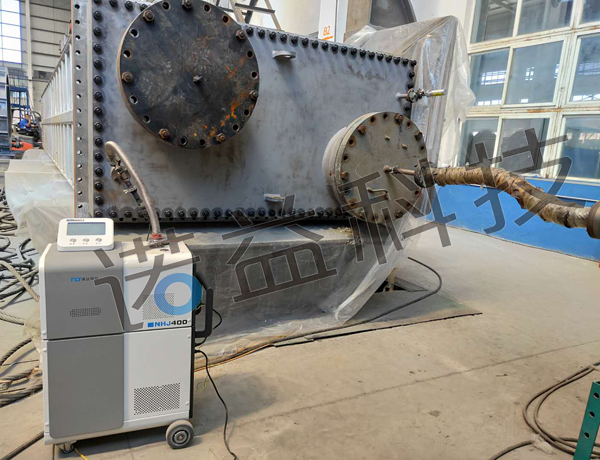
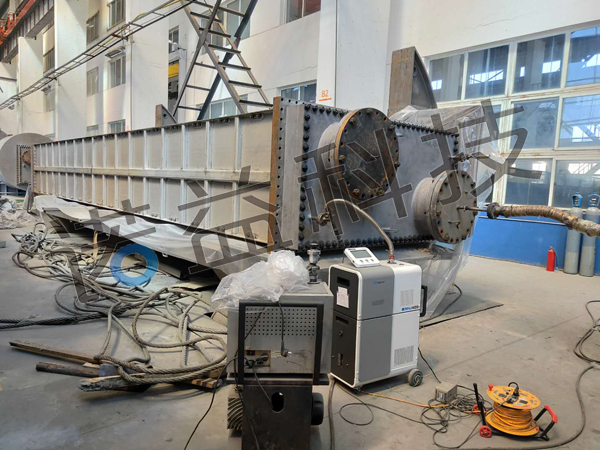
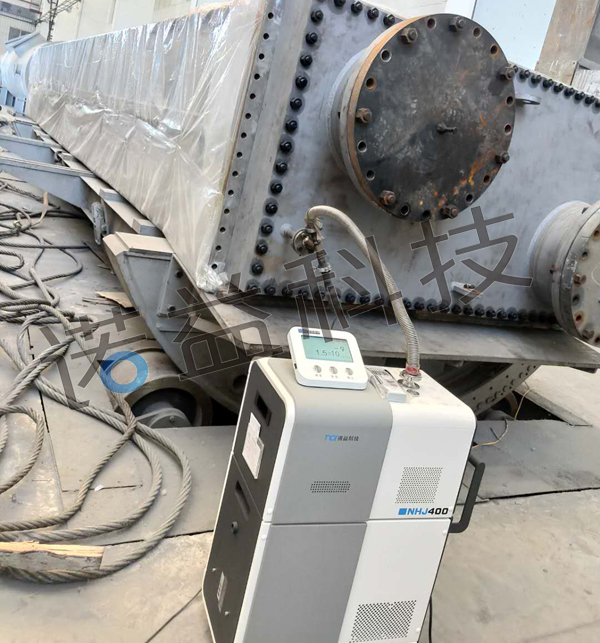
In the production and processing of industrial heat exchangers, the commonly used methods for leak detection with a helium mass spectrometer can be roughly divided into three types, namely the helium spraying method (negative pressure method), the sniffer probe method (positive pressure method), and the vacuum chamber method. In terms of the comparison of the sensitivity of these methods, the helium spraying method is more sensitive. However, when the leak detector is installed on a large and complex industrial heat exchanger device, it cannot be said for sure that the helium spraying method is more sensitive.
The vacuum chamber method has high detection accuracy, but it requires a large one-time investment in equipment. For some industrial heat exchangers with low added value, the cost is very high. Although the sniffer probe method has slightly lower sensitivity, it is easy to operate and can simulate the actual working conditions of the heat exchanger. Only a standard machine equipped with a sniffer probe is needed to achieve leak detection, which has high feasibility and is therefore highly favored.
The working principle of leak detection by the sniffer probe method is to simulate the actual working conditions of the heat exchanger product. Helium gas (which can be a mixture of helium and nitrogen) at a certain pressure is filled into the cavity of the tested component, and then a special sniffer probe connected to the leak detector is used to sniff the suspected leakage points, generally including pipeline joints, welds, and flange connections. Relatively speaking, the operation is visual. Once the leakage index is unqualified, the helium gas at this position will be captured by the sniffer probe and analyzed by the helium mass spectrometer leak detector to obtain the leakage reference value.
Although the sniffer probe method for leak detection is convenient, it also has some disadvantages, such as the cost of helium gas (recovery or mixed gas can be considered), and being greatly affected by the environment (for example, when there are many products with large leaks, the concentration of helium gas in the environment is high), etc. Considering the advantages and disadvantages comprehensively, using the sniffer probe method for leak detection of industrial heat exchangers is also a trend. The traditional water detection method has low efficiency, and additional processes such as drying are required after detection. Although the detection cost is low, subtle leaks cannot be detected. Therefore, leak detection by the sniffer probe of helium detection has great potential and a large market application space.
The helium mass spectrometer leak detector produced by Anhui Nuoyi Technology Co., Ltd. is widely used in the leak detection of industrial heat exchange products!


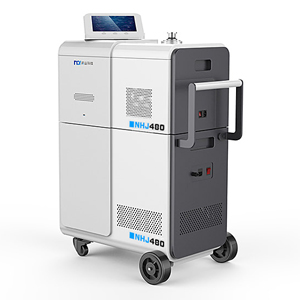


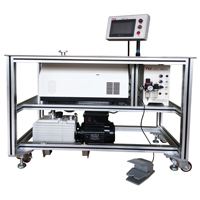
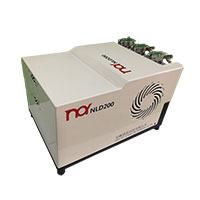
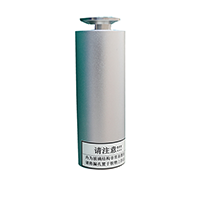

 Public Security Network Security Record in Anhui Province No. 34010302001915
Public Security Network Security Record in Anhui Province No. 34010302001915